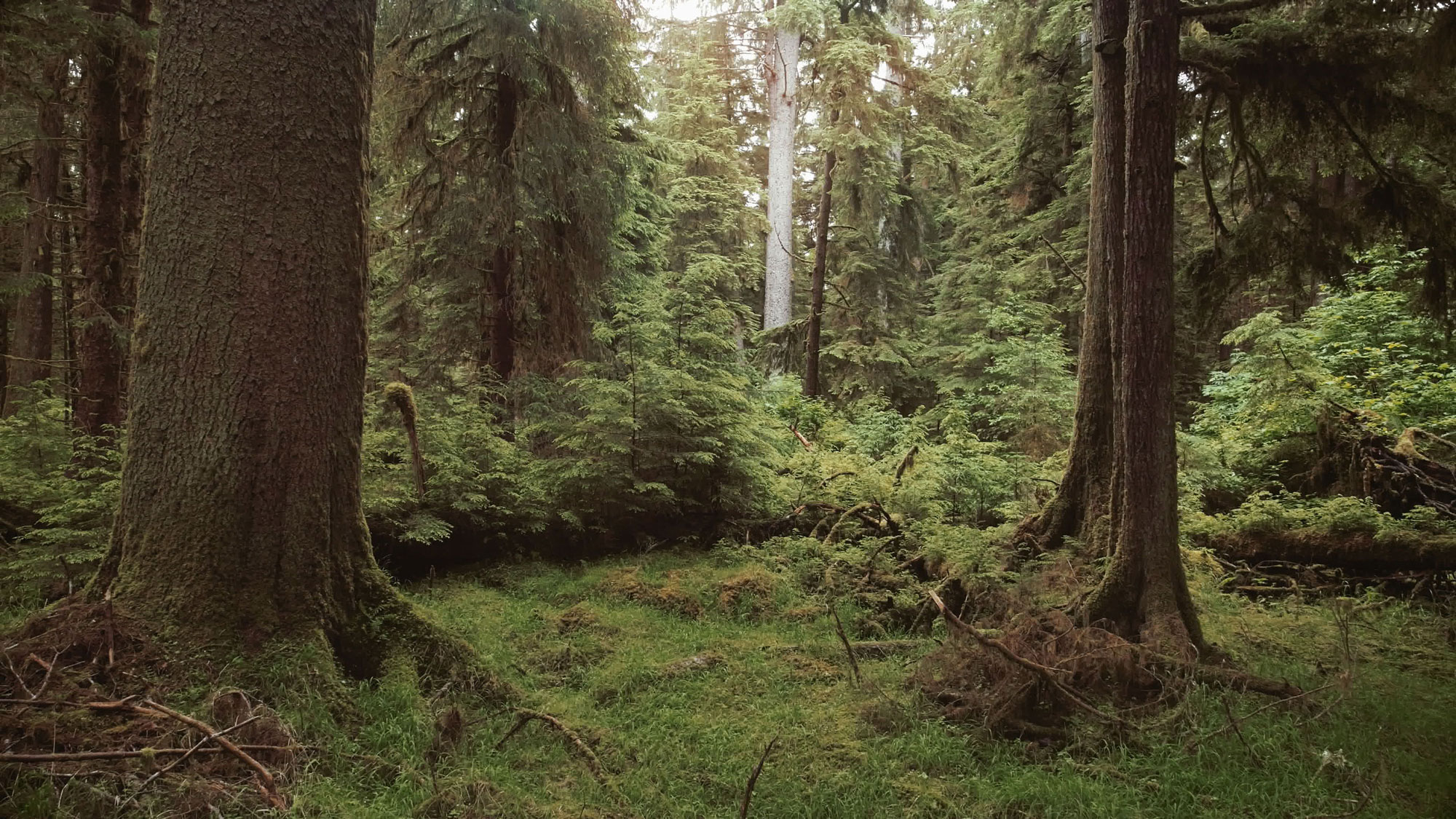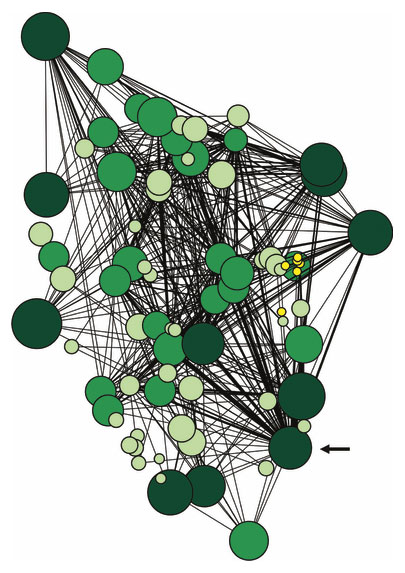Recognizing the importance of Mother Trees and the vast below ground network connecting all trees has added to our understanding of how forests work.
These connections have been known for a long time by Aboriginal peoples and the research of Dr. Simard and others has demonstrated scientifically that forests are deeply connected and collaborative places.







